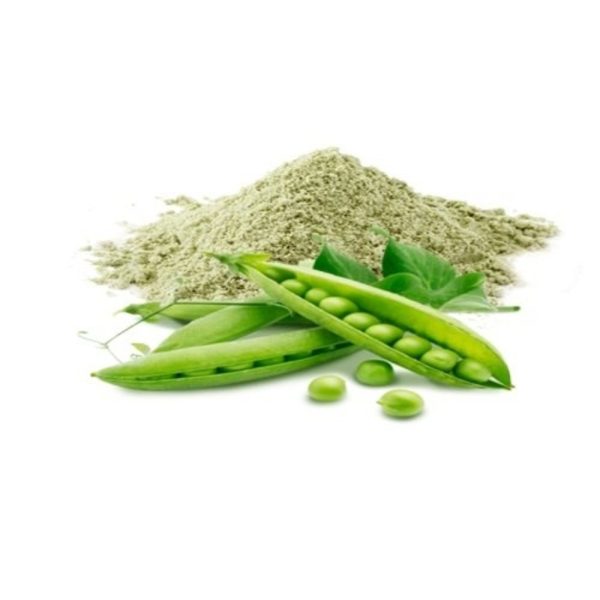
With the increasing popularity of healthy eating and the booming plant-based food market, pea protein, as a high-quality plant-based protein source, is experiencing growing market demand. Pea protein is not only rich in amino acids but also easily digestible and absorbable, making it widely used in food, health supplements, and pharmaceuticals.
I. Pea Protein Production Line Process
The pea protein production line process can be broadly divided into several key steps: raw material processing, extraction, separation, purification, drying, and packaging.
Raw material processing: First, the peas are rigorously screened and cleaned to remove impurities and substandard peas. This step ensures raw material purity and ensures smooth subsequent processing.
Extraction: The cleaned peas enter the extraction stage. Wet extraction is typically used, involving soaking and grinding the peas to dissolve the protein in water. During the extraction process, appropriate temperature and time must be controlled to ensure complete protein dissolution and minimize nutrient loss.
Separation: The extracted pea slurry is separated by centrifugation or filtration to separate the protein from other components (such as starch and cellulose). This step is crucial for improving the purity of the pea protein.
Purification: The separated protein solution may contain impurities and pigments and requires further purification. Ion exchange and membrane separation techniques are typically used to remove impurities and improve protein purity and quality.
Drying: The purified protein solution is dried using methods such as spray drying and freeze drying to produce pea protein powder. Proper temperature and humidity control are required during the drying process to ensure protein activity and stability.
Packaging: Finally, the dried pea protein powder is packaged to ensure product quality and safety during storage and transportation.
II. Principles of Pea Protein Production Lines
The core principle of a pea protein production line lies in extracting protein from peas using physical, chemical, or biological methods and then improving its purity and quality through a series of processing steps. During the extraction process, the protein is dissolved from the peas by controlling appropriate conditions (such as temperature, pH, and solvent selection). During the separation and purification process, the differences in physical or chemical properties between the protein and other components are exploited to separate and remove impurities. During the drying process, temperature and humidity control are used to maintain the protein’s activity and stability.
